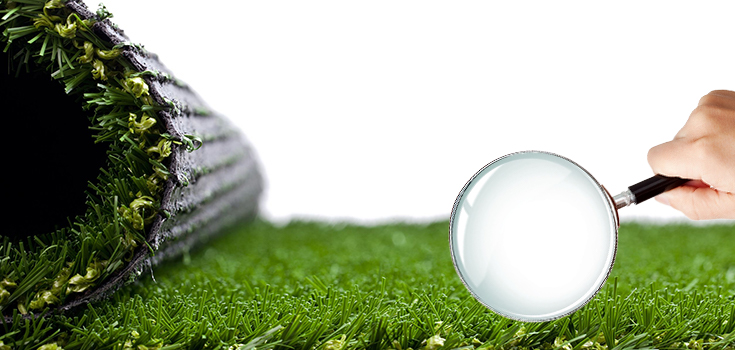Could Artificial Turf Actually Cause Cancer?
Could Artificial Turf Actually Cause Cancer?
Gov't study wants to find out
A federal study on the potential link between cancer and artificial turf – particularly the crumb rubber variety – has been approved by the Obama administration.
The study will examine the turf, which is composed of recycled tires and is spread across fields to make them softer and to provide traction for football players, hockey players, and other athletes.
The topic arose in 2014 when NBC reported onthe potential risk between rubber crumb artificial turf and female soccer players being diagnosed with cancer. Amy Griffin, associate head coach for the University of Washington’s women’s soccer team, was the focus of the broadcast.
Griffin told the network that she had compiled a list of 38 American soccer players, including 34 goalies, who had been diagnosed with cancer.
At least a dozen of the women on Griffin’s list played in Washington, but cases have been reported nationwide. The majority of cases involve blood cancers like leukemia and lymphoma.
USA Today followed up in March 2015with a report that stated:
“Lead levels high enough to potentially harm children have been found in artificial turf used at thousands of schools, playgrounds and day-care centers across the country, yet two federal agencies continue to promote the surfacing as safe, a USA TODAY analysis shows. The growing use of turf fields layered with rubber crumbs has raised health concerns centered mostly on whether players face increased risk of injury, skin infection or cancer. The U.S. has more than 11,000 artificial turf fields, which can cost $1 million to replace.”
Fast-forward another year. USA Today tackled the subject once again, this time to report that the media attention paid to the health risks associated with artificial turf had fallen on deaf ears and, apparently, apathetic hearts:
“…despite a series of NBC News reports on the growing debate about the safety of crumb rubber artificial turf, the federal agencies that regulate the product have remained largely silent. Earlier this month, in fact, the head of the Environmental Protection Agency would not answer a direct on-camera question about whether the surface found on playgrounds and athletic fields across the country is safe for kids to play on.” [1]
The House Energy and Commerce Committee responded by sending a letter to the Environmental Protection Agency (EPA) Administrator seeking additional information about the safety of crumb rubber fields. Congress gave the agency a November 6, 2015 deadline, which it missed.
Read: Maybe This GMO Grass will become the Norm
But on Friday, the EPA, the Centers for Disease Control (CDC), and the Consumer Product Safety Commission (CPSC) announced the study, which will include 50 federal employees and a $2 million initial budget.
The agencies’ “action plan” announcement comes 3 weeks after Sens. Bill Nelson, D-Fla., and Richard Blumenthal, D-Conn., asked President Barack Obama to lead a comprehensive study of the artificial turf. [2]
For the study, scientists will be tasked with testing different types of crumb rubber to determine which chemical compounds they contain and whether those compounds are released when a person comes into contact with them.
“Parents and athletes of all ages want and deserve conclusive answers on whether exposure to crumb rubber turf can make one sick,” Nelson said. “Combining the resources and expertise of three federal agencies to help find those answers is the right thing to do.”
The synthetic turf industry maintains that past studies have not indicated a link between turf and health problems, but the Synthetic Turf Council, an industry group, said it supports the study.
“We have consistently said that we support all additional research,” the council said in a statement. “At the same time, we strongly reaffirm that the existing studies clearly show that artificial turf fields and playgrounds with crumb rubber infill are safe and have no link to any health issues.
“We hope the federal government’s involvement, which we have been encouraging for years, will settle this matter once and for all, put parents’ minds at ease, and validate past and recent due diligence by public officials,” it added. [3]
| About Julie Fidler: | |
| Julie Fidler is a freelance writer, legal blogger, and the author of Adventures in Holy Matrimony: For Better or the Absolute Worst. She lives in Pennsylvania with her husband and two ridiculously spoiled cats. She occasionally pontificates onher blog. | |
Other Popular Stories:

Post a Comment